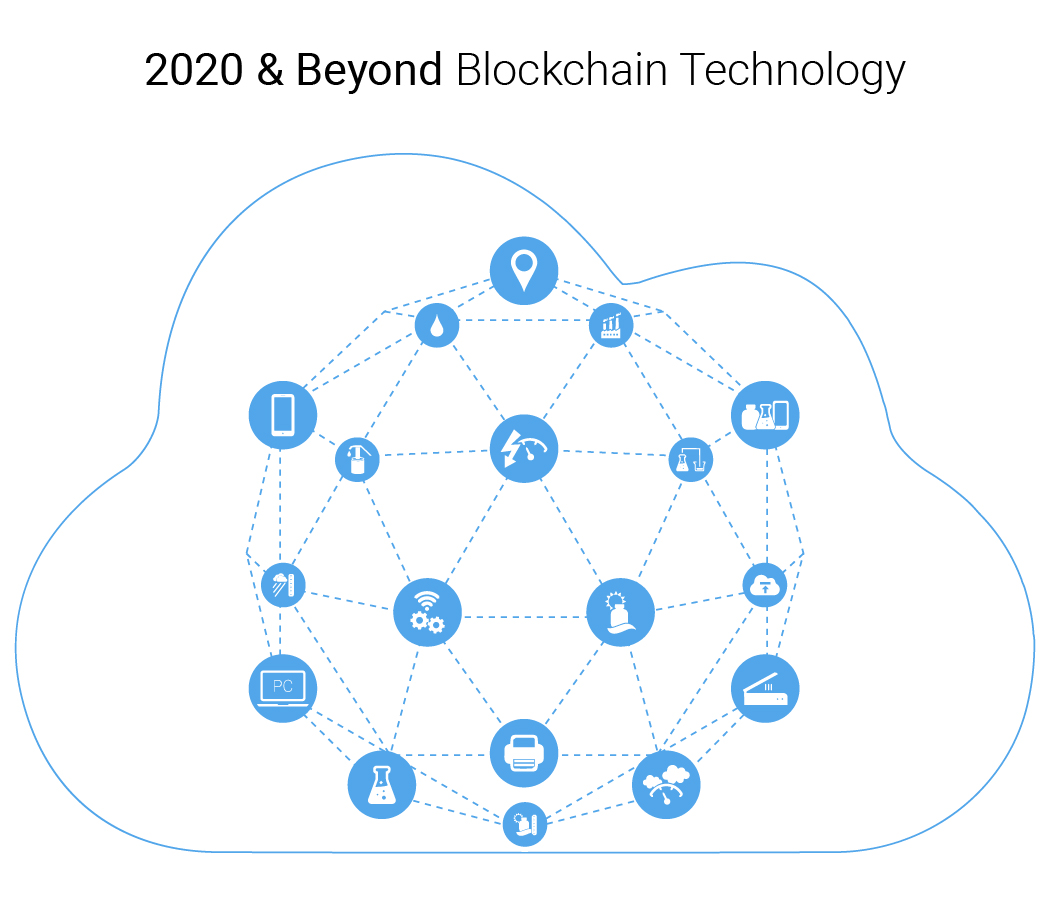EHS&S in the age of blockchain technology
Blockchain is a highly disruptive technology that promises to change the world as we know it, much like the World Wide Web’s impact after its introduction in 1991. As companies look to the blockchain model to perform financial transactions, trade stocks, and create open market spaces, many other industries are looking at utilizing blockchain technology to eliminate the middleman. One sector well-positioned to benefit from blockchain technology is the data-intensive Environment, Health, Safety and Sustainability (EHS&S) space.
In particular, I see three major ways that the EHS industry can utilize blockchain technology to change how they manage information: 1) Blockchain-based IoT monitoring, 2) emissions management, and 3) emissions trading.
My belief is that blockchain technology will help to quantify the impact of man-made emissions on global warming trends and provide tools to manage it. One cannot manage what one cannot measure!
Imagine this: every emissions source in your company, whether to water, air, or soil, is connected wirelessly via a sensor or another device (thing) to a blockchain ledger that stores a description of the source, its location, emission factors, etc. Every time that the source generates emissions (that is, it is on), all necessary parameters are recorded in real time. If air emissions are involved, equivalent tons of carbon are calculated and recorded in a blockchain ledger and made available to reporting and trading entities in real time.
Blockchain ledgers may exist at many levels. Some may record emissions at a given site. Others at higher levels (company, state or province, country, continent, etc.) may roll up information from lower level ledgers.
Suppose that emissions are traded so that they are not yours anymore. In that case, someone else owns them, and you do not need to report them again, but everyone knows that you were the generating source. The same logic can be applied to tier 1, 2, and 3 level emissions. Attached to the emissions ledger are all other necessary information about the asset generating those emissions, financial information, depreciation schedule, time in service, operating time, fuel consumption, operators’ names, an estimate of future emissions—the list goes on.
This article explains how blockchain technology will impact emissions monitoring, management, reporting, and trading.



